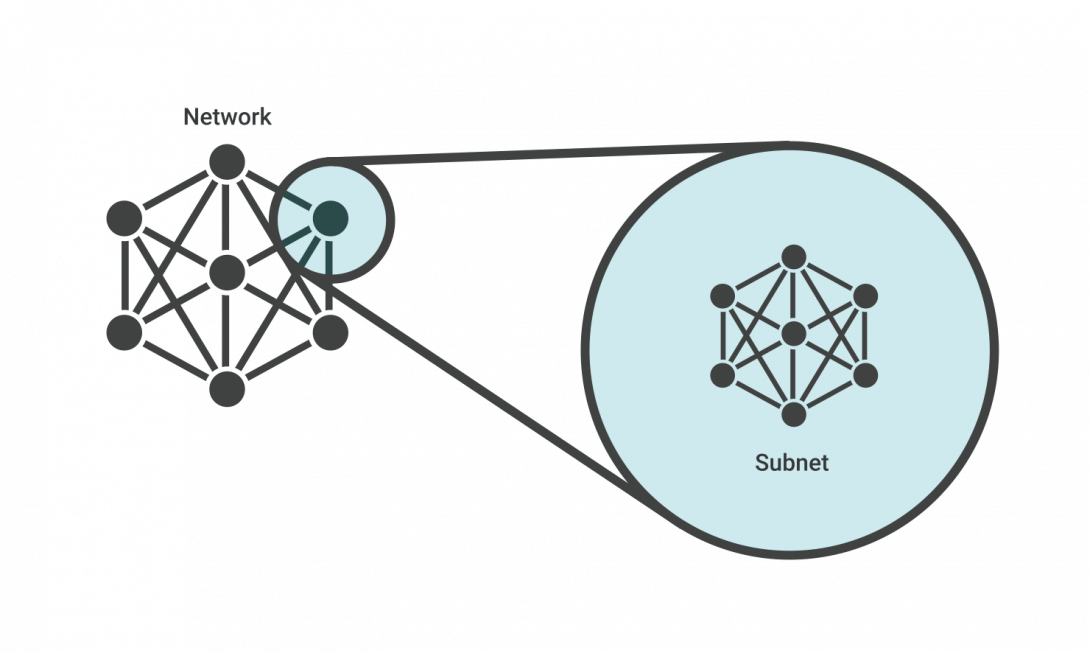Latest Published Articles
| Title Sort descending | Body | Authored on |
|---|---|---|
| LastPass Users' Passwords & Data Are In Hackers' Hands | According to LastPass, one of the best password managers, hackers got access to a lot of customer personal information, encrypted and cryptographically hashed passwords, and other data in customer vaults. |
|
| AV Linux MX Edition System Setup & Product Review | I have been using AV Linux MX Edition 21.1 as my daily driver now for almost a year. This Linux distribution, originating from Canada sports the xfce desktop environment. AV Linux MX Edition is based on Debian Linux as well as MX Linux from which it gets part of its name. |
|
| Kubernetes Versus Docker For Containerized Applications | By increasing portability and using fewer system resources than traditional virtual4 machines, containers make application deployment easier. They are used by DevOps engineers to create workflows that are tailored to agile methodologies, which encourage frequent and incremental code changes.docker versus kubernetes |
|
| Calculating Subnets on a Linux Network Using ipcalc |  Exactly what is subnetting and why should you care? Well, if you have to ask that question, then perhaps you should ask a Sysadmin to subnet your network for you. However, if you’re a home user with a network, you’re the Sysadmin. Or, at least you should be working to that end. |
|
| Linux Kernel 16.1-rc8 Is Now Available | Linux 6.1 release candidate 8, which is anticipated to be the final release candidate, was announced by Linus Torvalds. The eighth release candidate has fewer changes and is smaller than the previous release candidate. Additionally, Torvalds stated that a number of pull requests have already been scheduled for the 6.2 merge window. |
|
| Changing Your Linux Shell | Checking the running shell, locating a system-available shell, and altering the Linux default shell are all covered in this brief tutorial. You probably already know that Linux and other Unix-like systems offer a number of different shells. Although Bash is the default shell on almost all Linux distributions, other popular shells include:
ksh |
|
| Linux Mint 21.1 Enters Beta | If you're a Linux Mint user and this distro has become your daily driver, then this news is for you.
|
|
| Mounting a Remote Directory Using SSHFS in the Linux File System | This article deals with a Linux-based cryptographic protocol file system known as sshfs. SSHFS stands for Secure Shell File System and is based on another well-known protocol called FUSE. So what is FUSE? FUSE is a userspace filesystem framework. It consists of a kernel module (fuse.ko), a userspace library (libfuse.*) and a mount utility (fusermount). FUSE allows the use of sshfs, which is a secure network file system using the sftp (Secure File Transfer) Protocol. |
|
| Do You Own a Raspberry Pi? If so, What Do You Do With it? | I own two Raspberry Pi Single-Board Computers (SBC). The first Raspberry Pi that I purchased was a model 3B+ (1GB RAM) with heat sink, but without a fan. I use this Raspberry Pi to host two of my WordPress websites: DpNetwork & the Domain: Dancalloway.com. The second Raspberry Pi I purchased was a model 4 (4GB RAM) with cooling fan. I use this SBC to run my OpenMediaVault 6TB NAS and Portainer (a Docker Container application) for running docker applications across my network via a Web browser. Do you own a Raspberry Pi. If so, what do you use yours for? |
|
| Poor Man's Video Capture With Motion Detection in Bash | Laurent22 on Github has developed a very simple bash script for capturing images using a standard default webcam with motion detection support attached to your system. This bash script process was developed to assist Laurent22 to record what his dog was doing while he wasn't at home. The daily driver used by Laurent 22 is OSX. However, the bash script that he developed for creating images that can be converted into a motion picture .mp4 file for viewing using VLC Media Player, is cross-platform and can be run in Linux and MS Windows as well. |
Copyright © 2025 WNCLUG-Asheville - All rights reserved
Developed & Designed by Alaa Haddad


 Linux Mint 21.1 has a lot to offer with a new Cinnamon Desktop version.Linux Mint 21.1 Beta
Linux Mint 21.1 has a lot to offer with a new Cinnamon Desktop version.Linux Mint 21.1 Beta